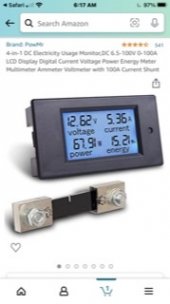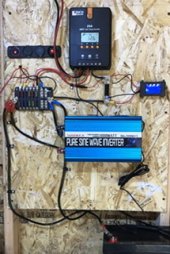I am new to solar and created a small system for a off grid Shed. I added a battery monitor to measure everything. I wired it in and everything seems correct per Wills Videos but my monitor must be incorrect since I am not getting all the reading. Wiring the battery monitor into the shunt and to the fuse block is confusing and the sticker on my monitor is upside down- so it was confusing to me.
please keep your answers as BASIC as possible. I’m not very smart.
Can anyone help me understand why. I will post which one I bought and how it is wired.
please keep your answers as BASIC as possible. I’m not very smart.
Can anyone help me understand why. I will post which one I bought and how it is wired.








